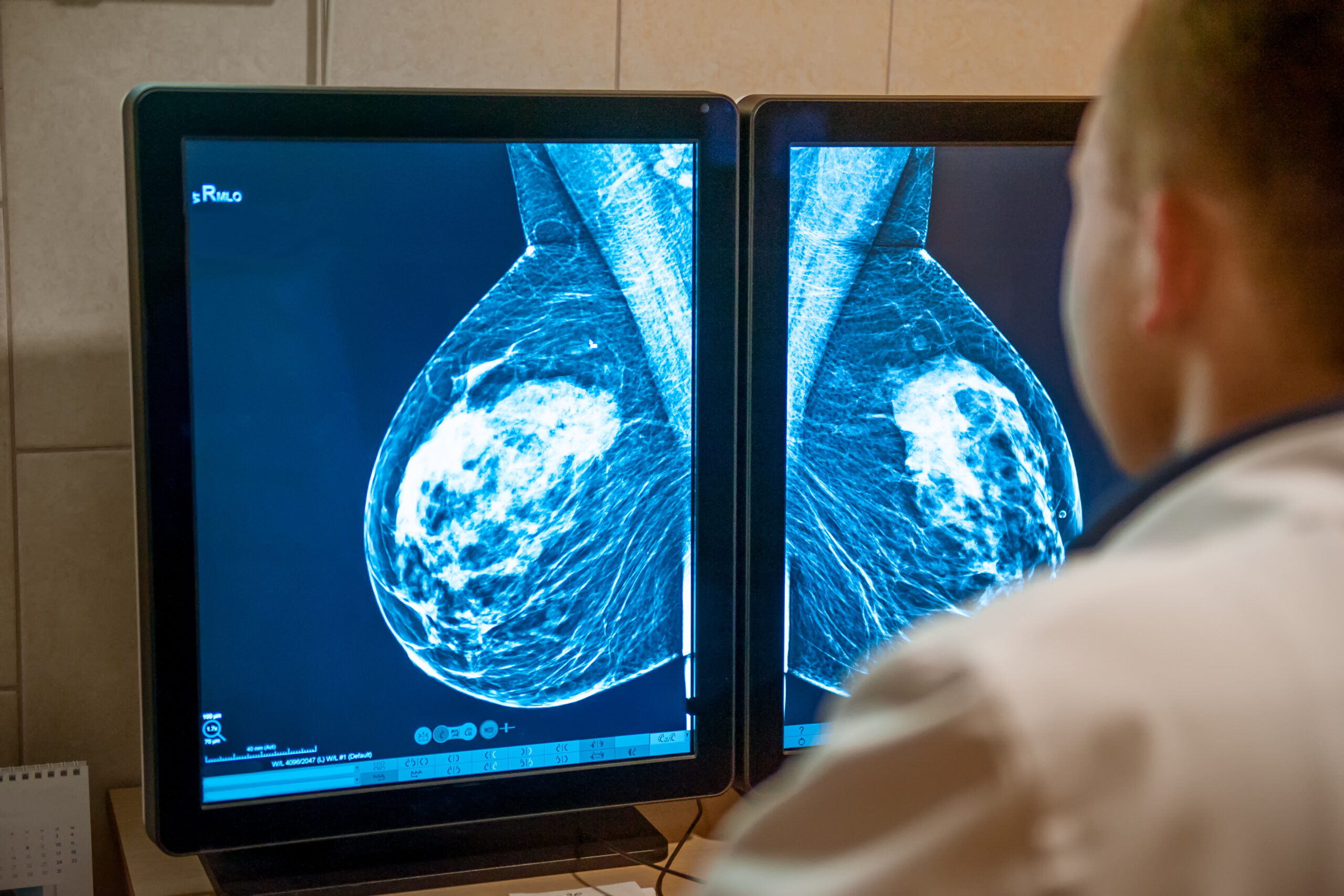What Is breast Cancer?

WHAT IS BREAST CANCER?
Understanding what is breast cancer is the first step to understanding your diagnosis and your way forward. Essentially, breast cancer occurs when breast cells grow uncontrollably. There are specific genes that keep cells healthy and also regulate the growth of cells. If these genes are changed abnormally or mutated, cancer can result. Certain mutations can alter the growth processes in the cells, stopping the ability of a cell to grow and divide at a regular rate, allowing the cells to multiply rapidly, creating a tumor.
There are two different types of tumors; a benign tumor is not cancerous, while a malignant tumor is cancerous. Malignant tumors are cancerous and can spread throughout the body. Unlike malignant tumors, benign tumors are not cancerous, do not grow rapidly or spread to other parts of the body, and the cells appear almost normal.
Specifically, breast cancer is defined as a malignant tumor that began growing in cells in your breast. Cancer usually originates in either the lobules, where milk is produced, or in the ducts, where the milk flows from the lobules to the nipple. Cancer can also start in the fatty and fibrous connective tissues, also known as the stromal tissues.
Cancer can spread to other parts of the breast, and can sometimes spread to the lymph nodes. Once the cancer is in the lymph nodes, it may or may not have spread to other parts of the body. Breast cancer stages describe the size and growth of a malignant tumor.
Also, breast cancer that is caused by a genetic mutation only accounts for 5-10% of all cancers. About 85-90% of cancers are caused by both aging and life in general. Eating well, exercising, and not smoking are proactive ways for you to keep healthy and minimize your risk of being diagnosed with cancer.
RISK FACTORS
A common statistic that you may have heard is that 1 in 8 women will be diagnosed with breast cancer. This can be a frightening statistic. However, understanding the background of this statistic makes it a little less scary. Essentially, 1 in 8 means 12 out of 100 women will be diagnosed with cancer or 12% of women. Yet this statistic fails to include that this diagnosis is over a woman’s lifetime, which, on average, is 80 years in the U.S. So, to accurately restate this statistic, it is that 1 in 8 women who reach the age of 80 are likely to be diagnosed with cancer. So for each decade that you live, your risk is lower than 12% for most women.
Another way to look at this seemingly scary statistic is the optimistic way—you have a 7 in 8 chance of not getting cancer or an 87.5% chance of being cancer-free throughout your life. Clearly, some women have higher risk factors than others, like a family member having cancer, or other risk factors.
